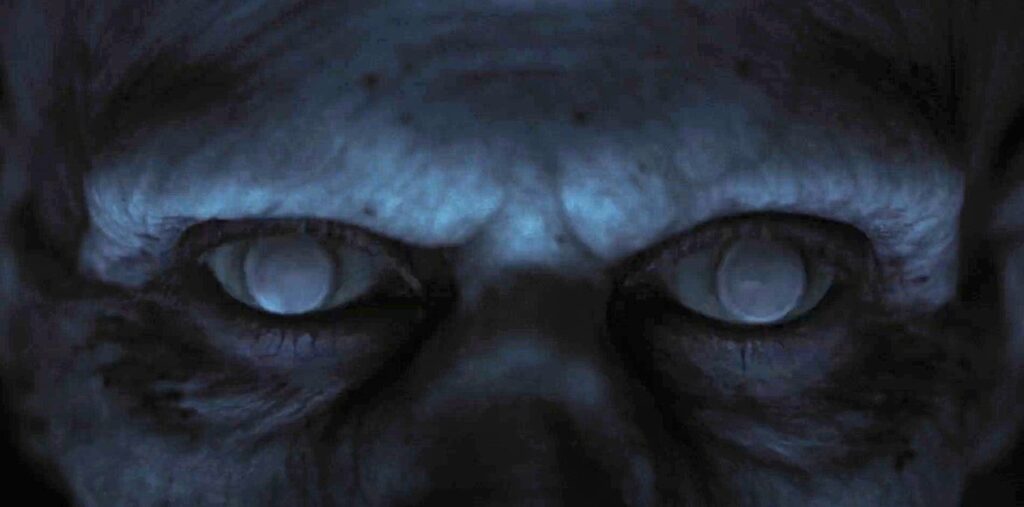The visage is still impressive today, a full century later. But it’s just one of the many onscreen transformations undergone by Lon Chaney, the Man of 1000 Faces. In a career that ran from 1902 until his death at age 47 in 1930, Chaney became not just one of the medium’s first great character actors, as well as a master of makeup and practical effects.
To portray the Phantom, Chaney pulled the flesh below his eyes and on his nose with string. In The Penalty (1920), Chaney played a man driven mad after losing his legs, Chaney used a bucket and straps to make his legs disappear. He donned sharpened false teeth and wrapped wires around his eyelids for the ghastly expression of the Man in the Beaver Hat in London After Midnight (1927), a pseudo vampire movie and one of the great lost classics of the silent era.
Leaving aside the unpleasant stereotypes that conflate body type with moral goodness, Chaney’s devotion to the craft of cinema still stands out. They stand the test of time because Chaney’s character transformations weren’t just skin deep. Although the pulp writer Gouverneur Morris, who wrote the source material for The Penalty, suggests that the loss of his legs made Blizzard into a cruel crime boss (he reforms immediately after having new legs grafted onto his body), Chaney plays him as a man who held hatred deep inside, even before his body changed.
No matter how extreme the external effects of his characters became, Chaney played the creation from the inside out. And this is demonstrated in how many of his creations, from the Phantom to his interpretation of Quasimodo in The Hunchback of Notre Dame (1923) are referenced to this day.
Modern Monster Acting
There’s a lot to like in It, the 2017 adaptation of the Stephen King novel. Director Andy Muschietti, working from a script by Chase Palmer, Cary Fukunaga, and Gary Dauberman, captures the familiar King feeling of a summer adventure while also building off the recent ’80s nostalgia in Stranger Things. But it isn’t always scary. An over-reliance on CGI and shaky jump scares naturally handicap such things.
The are exceptions though, and almost all of them occur when Skarsgård is allowed to just act as Pennywise, the so-called “Dancing Clown” who lures children into the sewers beneath a New England hamlet where he feasts on their souls. Skarsgård can be terrifying, too, and not only because of the great-looking makeup design by Janie Bryant. The actor is unrecognizable, but that is also because of the physical characteristics he brings to the dancing clown. Fully separating himself from Tim Curry‘s delightful take in the otherwise flawed 1990 TV miniseries, Skarsgård melds a child-like giggle with a ravenous hungry look. The way Pennywise freezes while talking with Georgie (Jackson Robert Scott) and then rolls his eyes back—something the actor can do without makeup—is far scarier than the false distended mouth Pennywise sports immediately afterward for the inevitable attack.


